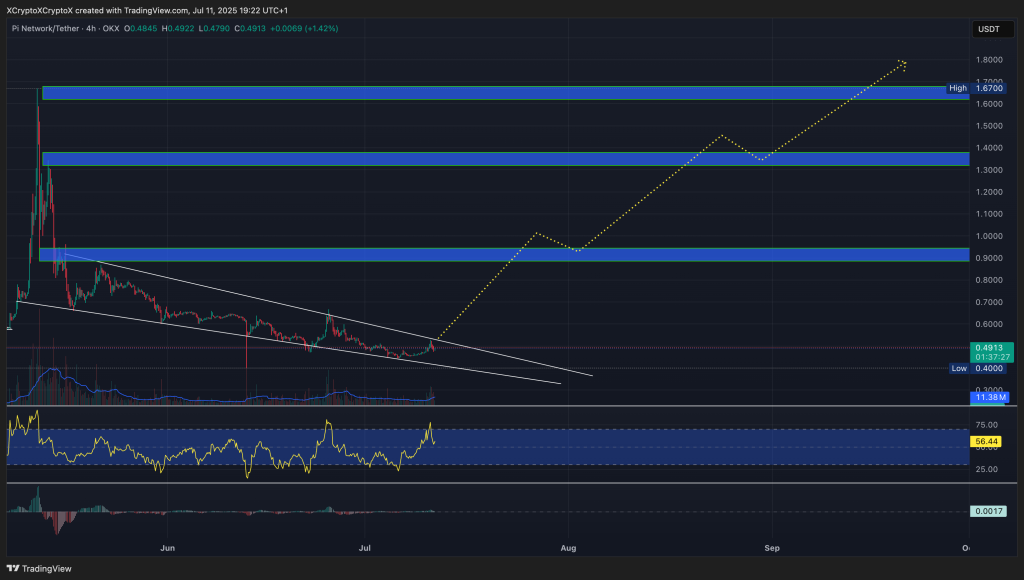The Treasury Department and the Internal Revenue Service released a new
The estimates are based on the original $80 billion in funding over 10 years before it was
“This analysis provides a more comprehensive assessment of the revenue effects of the transformational enforcement and modernization efforts enabled by the IRA than anything the administration has previously released,” said Greg Leiserson, deputy assistant secretary for tax analysis at the Treasury Department, during a conference call Tuesday with reporters.
Previous IRS estimates were limited to revenues generated by direct enforcement activities resulting from higher enforcement status, he noted, but there’s a significant impact from the technology, data and service improvements made possible by the IRA, and the deterrent effect of greater enforcement activities.
The new analysis looks at the many activities that will influence revenue along these lines, such as enhancing services to improve voluntary compliance, modernizing technology, and adopting analytic advances that will improve productivity. The new analysis also partially accounts for the deterrent effect of compliance activities on high-income and high-wealth taxpayers, incorporating estimates of the extent to which audits cause taxpayers who have been audited to become more compliant in the future. Alongside the IRS white paper, the Treasury also released a short technical paper explaining its method for estimating deterrence revenues.
“The new figures in this report remind us that the IRA investments in the IRS were necessary after a decade of deep funding cuts resulted in unacceptable service levels, prevented technological upgrades and undermined enforcement on wealthy taxpayers and large corporations that do not pay what they owe,” said Leiserson. “Driven by these cuts, the audit rate on millionaires fell by more than 70% from 2010 to 2019, and the audit rate on large corporations fell by more than 50%. The IRA is enabling the IRS to reverse this trend, and make wealthy taxpayers and large corporations pay the taxes they owe.”
Picasa/rrodrickbeiler – Fotolia
He noted that the IRS has already announced expanded audits of the biggest corporations and complex partnerships, a focus on foreign-owned corporations underpaying their U.S. taxes and efforts to collect back taxes from 1,600 millionaires. The funding is also allowing the IRS to make investments in modernization and service improvements, he added, providing taxpayers with clearer tax filing guidance. increased options for filing electronically, and online accounts allowing individuals and businesses to file quickly.
“We collect the vast majority, approximately 96%, of all federal revenues,” said IRS chief data and analytics officer Melanie Krause during the conference call. “However, there’s a delta between taxes owed and what’s ultimately paid. The 2020-2021 tax gap analysis estimated that taxpayers owed $4.6 trillion annually, with only $3.9 trillion being paid voluntarily. About $68 billion was unpaid, and IRS enforcement efforts are projected to recoup about $63 billion. We know that the root causes of tax noncompliance are multifaceted. For example, whether we have the resources to serve taxpayers by being available to answer tax law questions is important for voluntary compliance. Similarly, whether we have the capacity to meet with taxpayers when they need to come into a Taxpayer Assistance Center has an impact on voluntary compliance. Whether we have the resources to efficiently and effectively detect and address more complex noncompliance also has an important impact on our country’s bottom line.”
The Inflation Reduction Act provided the IRS with a “historic chance to enhance tax administration,” she added. The IRS’s
“Our white paper assesses the benefits of these multifaceted enhancements, including advancements in technology, data analytics, and importantly service quality,” said Krause. “The paper also focuses on a critical component that is often overlooked, the impact of the deterrent effect of compliance on revenue collection and tax administration. Unfortunately, our historical approach to estimating our revenue impact falls short in terms of capturing the full scope of our transformation work. Traditionally our approach to revenue estimation has focused on just one piece of that overall picture, which is enforcement activity. That overlooks the broader spectrum, which includes voluntary tax compliance, deterrence effects, technology enhancements, improved data analytics and much more.”
She views the analysis in the white paper as providing a step forward in developing more accurate estimates on the return on investment for IRS funding and how they yield tangible outcomes. The white paper presents and discusses three revenue scenarios. The first is a conservative estimation method, projecting IRS enforcement revenue to be $390 billion over the next 10 years. This method mainly focuses on enforcement hires as the key revenue driver, and assumes diminishing returns over time. However, it ignores the impact of efforts such as increased audits of partnerships.
“The traditional method also overlooks the potential dynamic changes in taxpayer behavior that we expect from activities funded under the Inflation Reduction Act,” said Krause. “To address the shortcomings, the paper describes the effects of leveraging improved analytics to enhance case selection, more realistic assumptions about marginal cases, and an estimate for the specific deterrence effects to increase the revenue estimates to nearly $500 billion over 10 years. Finally, the white paper explores the potential impact of technological and data enhancements, and this projection shows that these improvements could significantly increase revenue to $851 billion in the same decade timeframe. This approach underscores the transformative effect of taxpayer self-service, IT modernization and data analytics in tax administration. These dramatic numbers illustrate the bottom line importance of investing in our nation’s tax system really can’t be overstated, and the resulting changes will ripple out and create benefits for taxpayers and the nation in many ways.”
Credit: Source link











